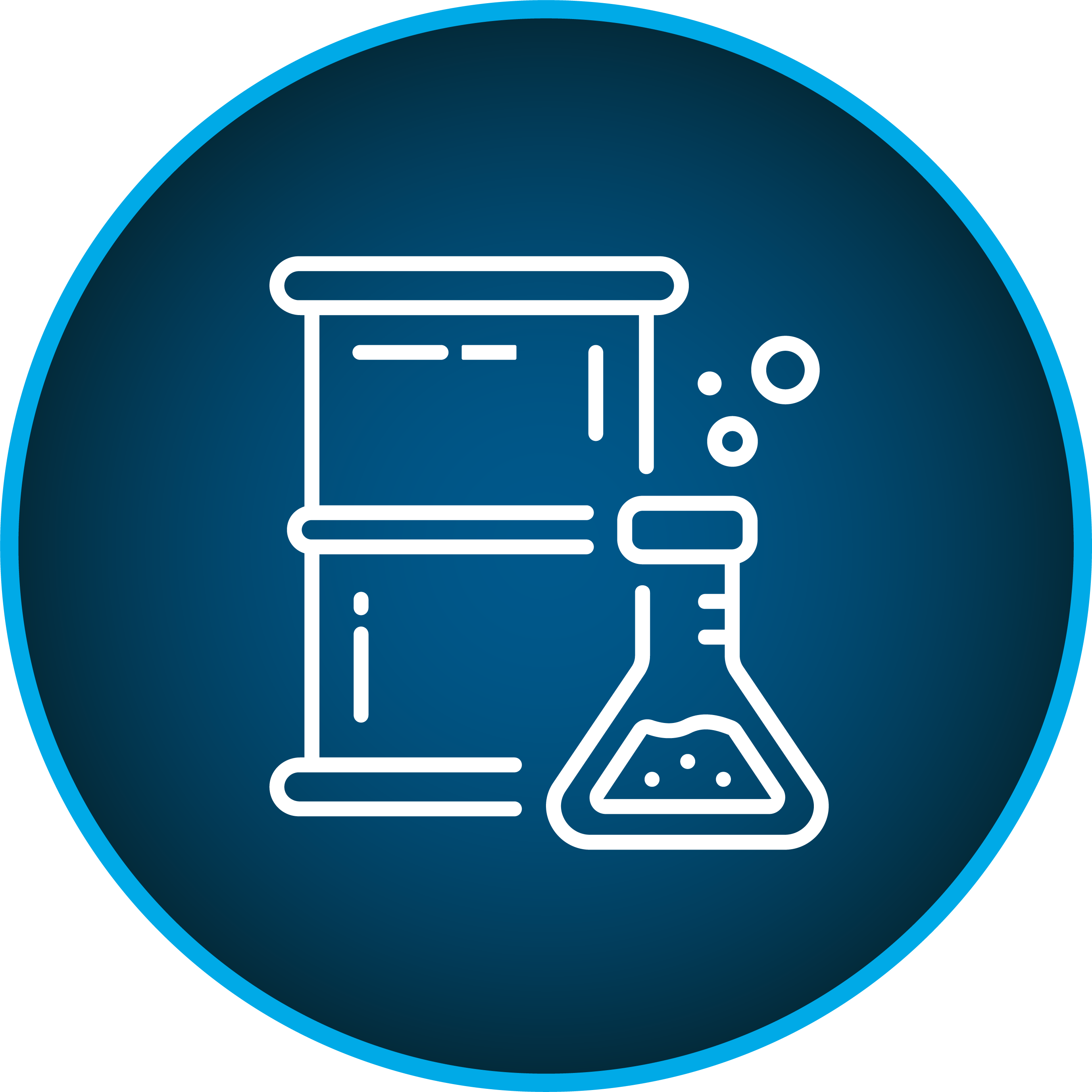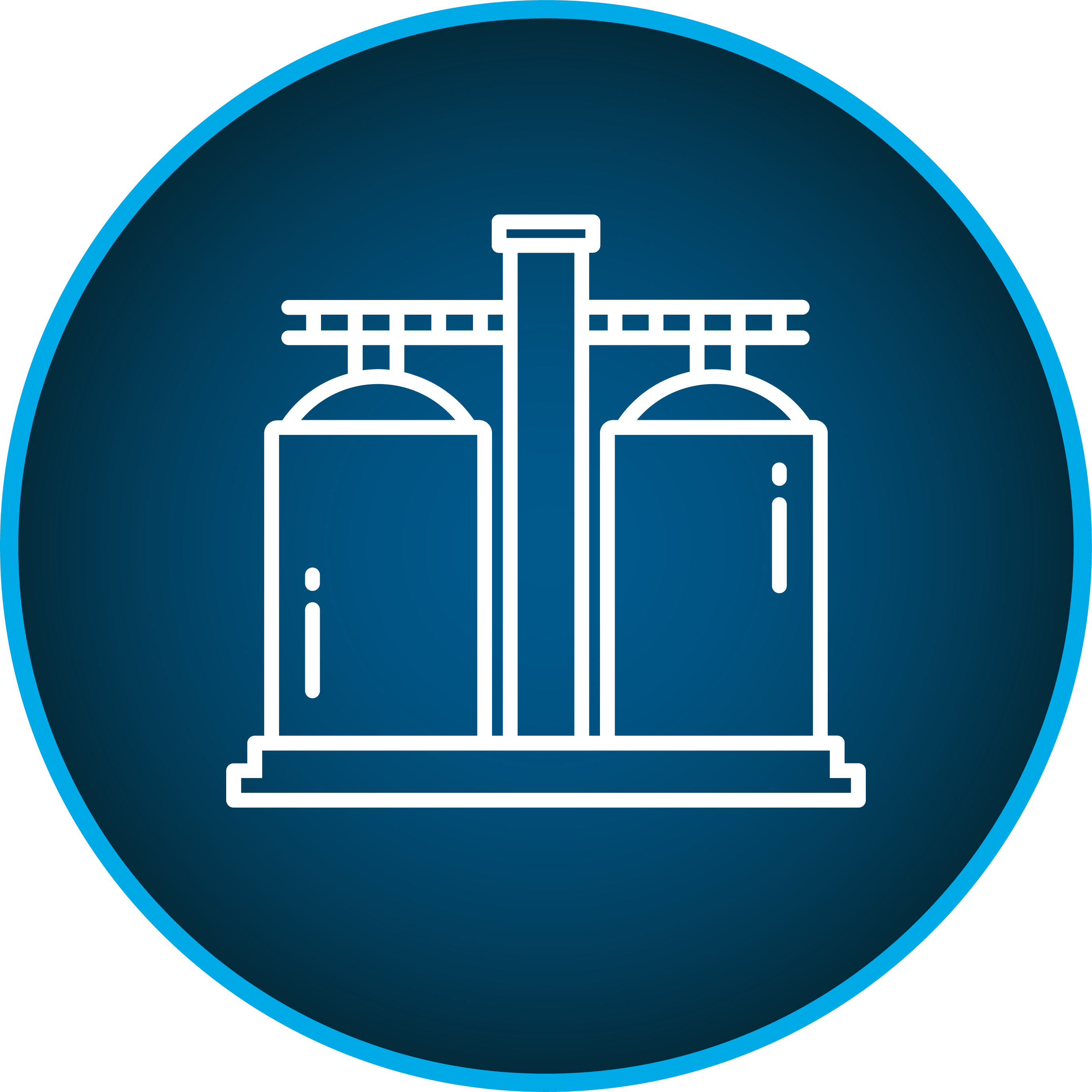Textiles and Fibers Processing
Textiles and Fibers Processing
The textile industry remains both one of the most significant sectors of manufacturing, as well as one of the largest generators of wastewater. This industry is comprised of various components, including manufacturers, dyers, printers, finishers and machinery and textile chemicals. Each step of the production process produces wastewater containing hazardous materials.
Textile wastewater contains suspended solids, chlorides, nitrates, metals and high Biological Oxygen Demand (BOD) and Chemical Oxygen Demand (COD) value. Other influents include biodegradable and non-biodegradable chemicals such as dyes, dispersants and leveling agents.
Improper treatment of textile wastewater can result in incomplete removal of dyes and a significant amount of sludge that can cause auxiliary issues. With proper and strategic wastewater treatment, textile mills can not only recover water but also meet discharge requirements and eliminate environmental pollution.
Whatever challenge your facility may face, Operators Unlimited’s team of experienced engineers and operators can help your plant experience operational efficiency, maintain compliance, eliminate down-time and maintain cost predictability.
The textile industry remains both one of the most significant sectors of manufacturing, as well as one of the largest generators of wastewater. This industry is comprised of various components, including manufacturers, dyers, printers, finishers and machinery and textile chemicals. Each step of the production process produces wastewater containing hazardous materials.
Textile wastewater contains suspended solids, chlorides, nitrates, metals and high Biological Oxygen Demand (BOD) and Chemical Oxygen Demand (COD) value. Other influents include biodegradable and non-biodegradable chemicals such as dyes, dispersants and leveling agents.
Improper treatment of textile wastewater can result in incomplete removal of dyes and a significant amount of sludge that can cause auxiliary issues. With proper and strategic wastewater treatment, textile mills can not only recover water but also meet discharge requirements and eliminate environmental pollution.
Whatever challenge your facility may face, Operators Unlimited’s team of experienced engineers and operators can help your plant experience operational efficiency, maintain compliance, eliminate down-time and maintain cost predictability.
Services
Equipment
The challenges for wastewater treatment should not include sourcing equipment. No matter the process goal; removal, separation or reduction our team can design, source and install the equipment and controls needed to complete, repair or more efficiently manage your wastewater treatment process.
- Complete Wastewater System Solutions
- Chemical Feed Systems
- Sensors
- Clarifiers
- Storage Solutions
- Controls
- Tanks and Pumps
- Filter Presses
- Sludge Dryers
- Water Quality Monitoring Instruments (level, flow, pressure)
- Complete Wastewater System Solutions
- Chemical Feed Systems
- Sensors
- Clarifiers
- Storage Solutions
- Controls
- Tanks and Pumps
- Filter Presses
- Sludge Dryers
- Water Quality Monitoring Instruments (level, flow, pressure)
Case Studies
The Operators Unlimited case study library provides and in-depth look into our industrial wastewater projects and the solutions we provide to a variety of clients.






